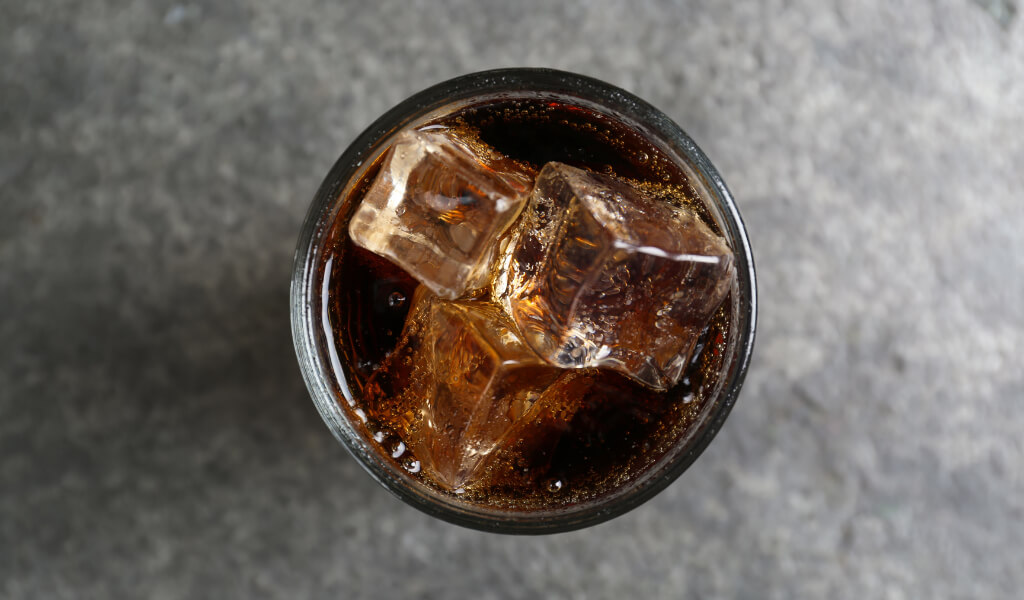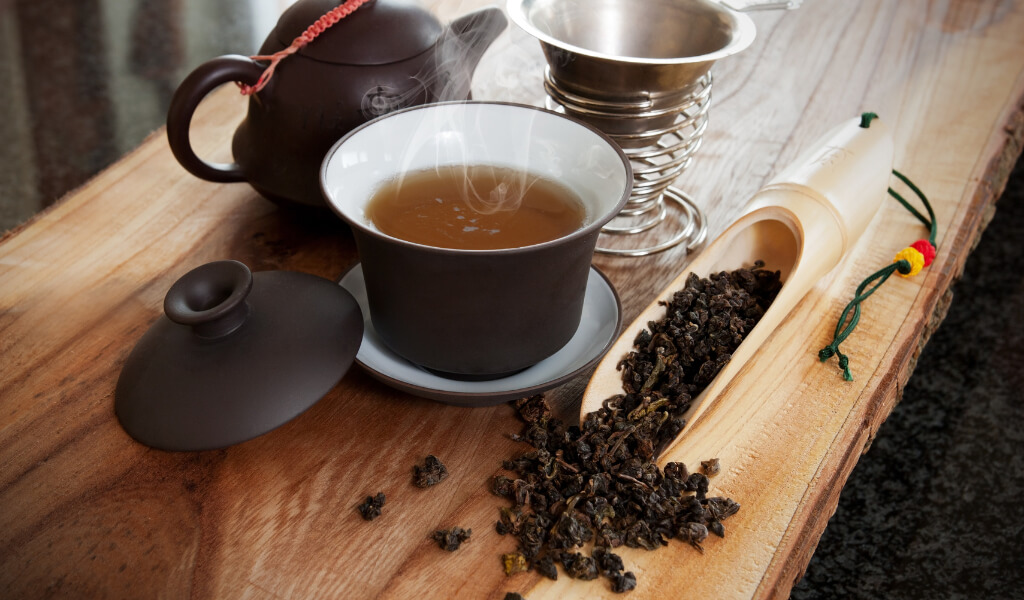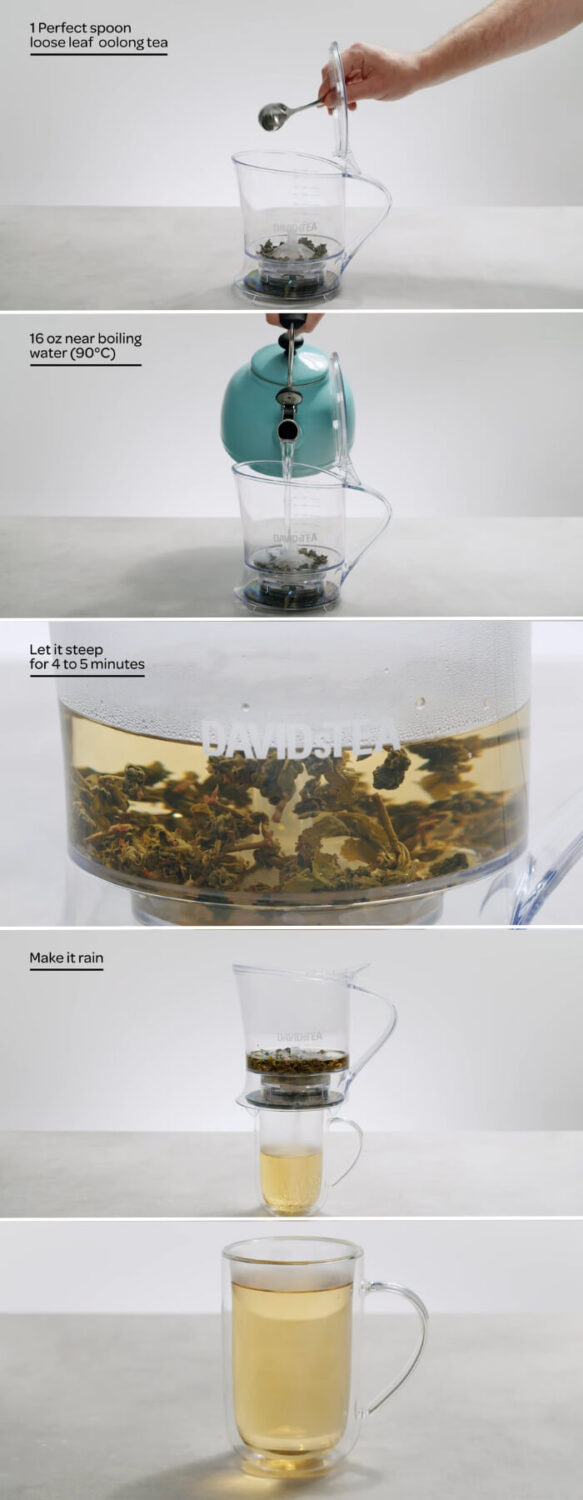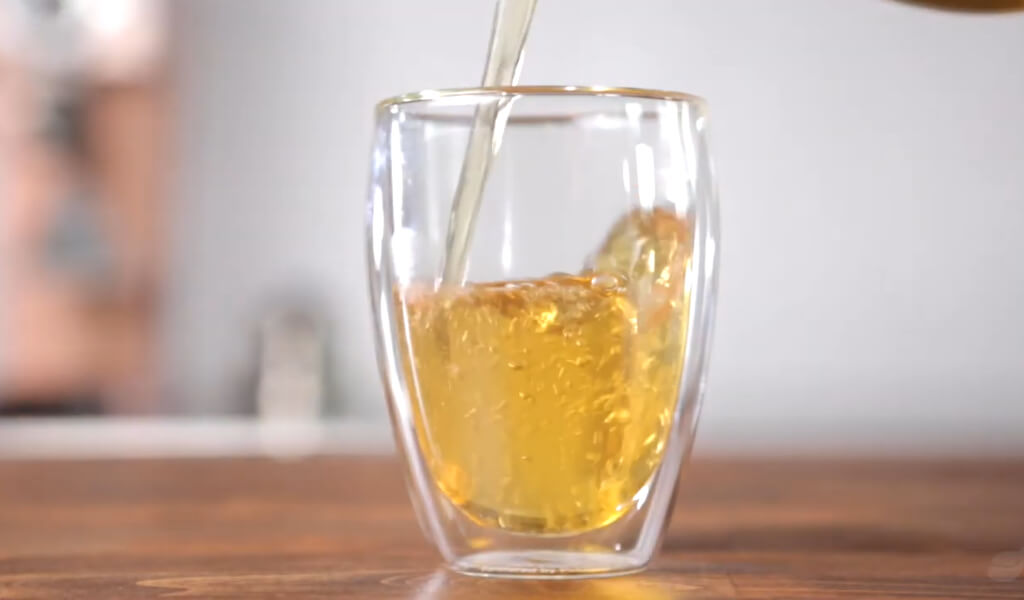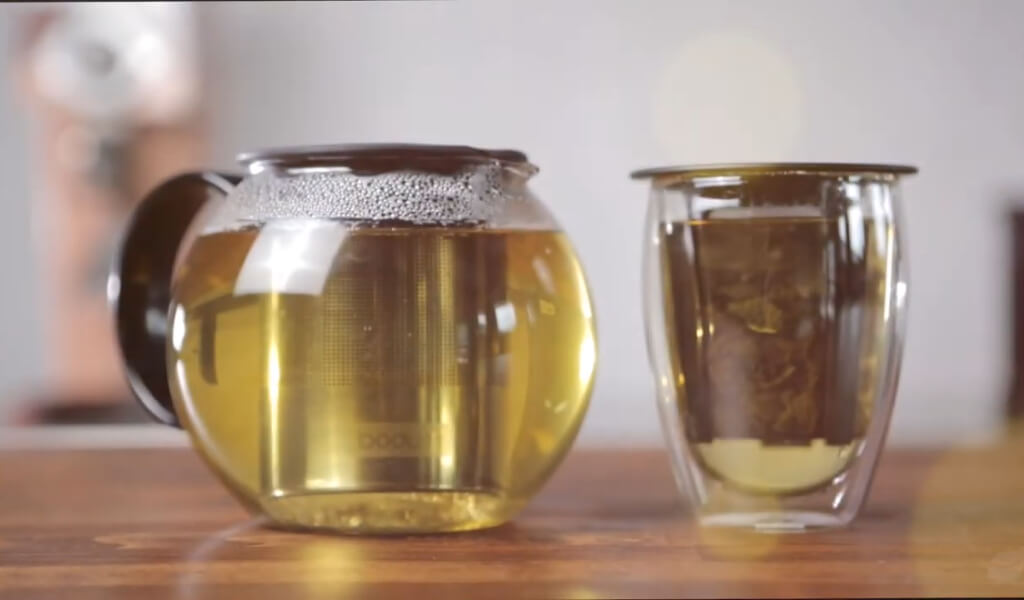Ever wondered how to make Oolong tea, such as the flavorful Tieguanyin or the robust Da Hong Pao, right in the comfort of your kitchen? I’m here to share with you my journey into the art of brewing this delightful beverage at home.
We’ll go through each step together in this tutorial, discussing everything from the equipment you’ll need to the particulars of water temperature and steeping timeframes.
Quotes of tea with You
“If there’s any thing more important than tea, we must put together an expedition and hunt it down posthaste.”
― E. Latimer, The Strange and Deadly Portraits of Bryony Gray
Materials and Tools Needed
Before we start, ensure we have everything. The right tools, which can include a traditional Yixing teapot or a modern electric kettle with a temperature setting, can make a big difference in the quality of your brew. Here’s my go-to list:
- Loose Oolong Tea: Loose leaves are the way for the most flavorful cup. They allow for full expansion during brewing, which releases all the complex flavors of Oolong Tea, such as those from the Wuyi Mountains, is known for.
- Filtered water: Water quality is a game-changer in tea brewing. This is even more significant if you’re interested in the unique taste of oolong tea.
- Electric kettle with temperature setting: A kettle with adjustable temperature settings is a boon. It allows precise control when heating the water, which is crucial for Oolong Tea.
- Mug with an infuser: This handy tool helps to keep the tea leaves contained while they steep. Plus, it makes cleanup a breeze!
- Measuring cup and spoon: These will help you get the right proportions of water and tea leaves every time, considering the caffeine content of Oolong Tea.
- Timer: A timer is essential to avoid over-steeping your tea, which could affect the Oolong tea side effects or its benefits.
- Tea scale: This is optional, but getting the perfect tea-to-water ratio is helpful.
This is a complete set of tools and materials. However, note that you do not have to have enough to make a good cup of tea.
Now that we’ve gathered all the necessary materials and tools, it’s time to turn our attention to the water, a crucial element in the tea-making process.
Water Preparation
One of the key steps in how to brew Oolong Tea is preparing the water. And trust me, the quality of the water you use can significantly affect the taste of your tea.
That’s why I always recommend using filtered water. It ensures that the natural flavors of your Oolong Tea won’t be compromised by any impurities or additives often found in regular tap water.
Now, let’s talk about the heating process. You might wonder, ‘how long to brew oolong tea?‘, ‘what’s the ideal oolong tea brewing temperature?’.These are crucial questions to consider in your tea brewing journey. The ideal brew temp for oolong tea is between 185°F – 208°F.
This temperature range helps extract the tea’s complex flavors without breaking down its delicate aromatic compounds. So, take your time heating your water to this range. And remember, if you’re unsure, a kettle with a temperature setting can be a lifesaver!
As for the question of ‘how much loose tea per 8 oz cup?‘ I typically use around 2 teaspoons of loose Oolong Tea. This measure tends to give a balanced flavor that’s not too strong nor too weak, just perfect for savoring the unique taste of oolong.
Read More:
How to prepare oolong tea
Oolong tea preparation is unique compared to other teas, especially when rinsing the leaves. Yes, you heard it right, rinsing the leaves! It’s a step that’s often overlooked but trust me, and it makes a huge difference. This brief rinse (or ‘wake-up call’ as I like to call it) helps open up the cellular structure of the tea leaves and wash away any minor impurities.
The process is simple: pour hot water onto your leaves, let them sit for a moment, and then drain it off. This quick rinse also begins the steeping process, giving you a clue long oolong steeping time. How long do you steep loose leaf tea’ might pop up in your mind. After the initial rinse, I let the oolong steep for about 45 seconds for the first brew and a bit longer for the subsequent brews.
With our tea leaves ready, let’s dive into the step-by-step process of making Oolong Tea, where we’ll transform these humble ingredients into a soothing cup of tea.
How to make oolong tea step-by-step
Step 1: Boil filtered water
Start by boiling some filtered water. My personal preference is to use an electric kettle with a temperature setting. I’ve discovered that achieving the perfect water temperature is essential in brewing oolong tea.
No need to be concerned; oolong tea requires more precise handling compared to other types of tea. You can also heat the water using your stovetop. Try to maintain a water temperature ranging from 185°F to 208°F to achieve optimal results. After your water has boiled, allow it to cool for a few minutes. Keep in mind that using filtered water is essential to attain a pure and genuine tea flavor.
Step 2: Warm up your mug
Next, we’re going to pre-warm the mug. Pour a bit of your hot water into the mug, give it a swirl around, and then dispose of the water. This little trick will help to maintain the temperature of your brew.
Step 3: Measure and add your oolong tea
Now, it’s time to introduce the star of the show – your loose oolong tea. Oolong leaves come in various shapes and sizes, so I recommend using a tea scale if you have one (6 grams is the magic number here). But if you still need to get quiet at the tea scale stage, don’t worry.
A good rule of thumb is to add 2 teaspoons of loose tea for each 8 oz. cups of water.
Step 4: Rinse your tea leaves
This next step might surprise you – we’ll rinse our tea leaves. But, what about oolong steep time? Add a little hot water to your mug, and the steep oolong tea takes about 5 seconds, then discard the water (without losing any leaves). This short steeping or ‘rinse’ helps awaken the tea leaves, starting their unfurling process.
Step 5: Let it in suitable oolong steeping time
Add one cup of water and let your tea steep for 45 seconds with the lid on your mug. Why so brief? That’s because we’ll steep the same leaves multiple times, a traditional practice in oolong tea brewing.
Set a timer (your phone’s timer works great) to ensure you don’t get over steep. Also, using a measuring cup for the water ensures you use exactly 8 oz. After a few times, you’ll know how much water fills your cup to 8 oz.
Step 6: Remove the infuser and enjoy your tea
Once the steeping time is up, remove the infuser and savor your freshly brewed cup from the best oolong tea brand. It’s important not to leave the tea in hot water beyond the recommended steep time, as it can over-extract the leaves and result in a bitter taste. The beauty of using an infuser is that you can easily remove it and set it aside while you enjoy your tea.
Step 7: Re-steep and enjoy again
Once you’ve finished your first cup of tea, it’s time for the second step.
Return the infuser to your mug and pour in another cup of hot water. Extend the steeping time for our oolong tea to 1 minute and 15 seconds, just a bit longer than the first infusion. Once steeped, take out the infuser and enjoy your second serving of oolong tea.
Take a moment to appreciate how the leaves have fully unfurled, transforming into their original leaf-like state. This is a hallmark of high-quality oolong tea.
Now that we’ve brewed a perfect cup of oolong tea let’s discuss the best way to enjoy it, maximizing its unique flavors and benefits.
How to drink oolong tea
Brewing oolong tea is an art deeply rooted in Chinese and Taiwanese tea cultures. And part of that art is savoring the fruits of your labor.
How long to steep oolong tea? Steep green oolong tea for 2 to 3 minutes and dark oolong for 3 to 5 minutes. Over-brewing will result in a bitter taste. Remove the infuser and tea leaves before serving. Oolong leaves can be reused for a tasty second brew.
If you find the taste too strong, feel free to adjust the steeping time or the number of tea leaves used in your next brew. If it’s too light, increase the steep time or use more leaves. And remember, understanding the optimal time to drink oolong tea can also influence your experience.
Having savored our tea, it’s important to understand proper storage instructions to maintain the freshness of our remaining oolong tea leaves for future brewing sessions.
Storage Instructions
Storing your oolong tea is just as important as brewing it, and it plays a crucial role in maintaining its health benefits.
Over time, I’ve learned that how you store your tea can greatly influence its taste, freshness, and longevity. This is why it’s crucial to understand the best practices for tea storage.
First, always keep your oolong tea in an airtight container, preferably an opaque one, that shields your tea leaves from air, heat, light, and moisture. I can’t stress this enough. An airtight container keeps the tea fresh and prevents it from drying out. A rule of thumb I follow is to store the tea in a cool, dark place. It keeps the flavor from fading.
While some teas can be stored in the refrigerator, oolong tea is best kept at room temperature in a cool, dry place, away from direct sunlight. When stored properly, a good oolong tea should last at least one year and up to two years if you’re lucky.
As for used tea leaves, they can be stored as well. Squeeze as much moisture out of them as possible, spread them out on a paper towel, and let them dry in a cool, well-ventilated place. Once dry, store them in an airtight container in a cool, dark place.
And finally, a tip on brewed tea. You can keep it in the refrigerator for up to eight hours if consumed before that time. In this way, Oolong tea have caffeine condensed in higher content to enjoy.
In conclusion
Learning how to make oolong tea at home can elevate your tea-drinking experience. It’s a delightful journey to explore this traditional beverage’s subtle nuances and discover your preference for brewing. Remember, the key elements are the quality of your tea leaves, the water temperature, and the steeping time. As you embark on your tea-making adventure, don’t hesitate to experiment and adjust to suit your taste.
Thank you for reading, and if you found this guide helpful, please share it with fellow tea enthusiasts!
FAQs
What is the best way to prepare oolong tea?
The best way to prepare oolong tea involves using filtered water, heating the water to the ideal oolong tea brewing temperature of 185–205ºF, rinsing the tea leaves with hot water, and then steeping the tea for two to five minutes. Remember to adjust the amount of loose tea and the steeping time to your taste preference.
How to make Japanese oolong tea?
Japanese oolong tea is made similarly to other oolong teas. Start by heating filtered water to the oolong brew temp of 185–205ºF. Then rinse your tea leaves with hot water, and let them steep in hot water for a few minutes. The steeping time can be adjusted based on your taste preference.
Is it OK to put milk in oolong tea?
While traditionally oolong tea is enjoyed without milk to preserve its unique flavors, it’s perfectly okay to add milk. However, the delicate flavors of oolong tea might be overpowered by adding milk.
Is oolong tea just black tea?
No, oolong tea is not just black tea. While both come from the Camellia sinensis plant, the difference lies in fermentation. Oolong tea is partially fermented, giving it characteristics between green tea (not fermented) and black tea (fully fermented).
Do you boil water for oolong tea?
The ideal water temperature for brewing oolong tea is 185–205ºF, just below boiling. Boiling the water can risk breaking down the aromatic compounds of the tea, resulting in a less flavorful brew.
Why does oolong taste like milk?
Some varieties of oolong tea, like Milk Oolong, have a milky or creamy taste. This is due to the unique process of production and the specific conditions under which the tea is grown, not because milk is added to the tea.
What is the difference between oolong tea and milk oolong tea?
Oolong tea and Milk Oolong tea are both types of oolong tea. The difference lies in their flavor profiles. Milk Oolong tea, or Jin Xuan tea, is known for its creamy, buttery taste resulting from its unique production process. Regular oolong tea may not have these creamy notes.
Why should I rinse oolong tea before brewing?
Rinsing oolong tea with a little hot water before brewing helps open up the tea leaves’ cellular structure and washes away any impurities. This step enhances the flavors and aromas of the tea when it is steeped.
How can I adjust the taste of my oolong tea?
You can adjust the taste of your oolong tea by altering the number of tea leaves used and the steeping time. Use fewer leaves or decrease the steeping time if the tea is too strong. Use more leaves or increase the steeping time if it’s too watery for your liking.
How should I store my oolong tea between steepings?
Oolong tea should be stored in an airtight container in a cool, dark place between steepings. This helps to preserve the freshness and flavor of the tea. It’s also implant not to store the maximum than a day or two to prevent flavor changes.
Can I re-steep my oolong tea?
Yes, you can repeatedly re-steep oolong tea to achieve a stronger taste. The first five infusions are often considered the best. Just remember to store the used tea leaves properly to maintain their freshness.
What is the best container for storing oolong tea?
The best containers for storing oolong tea are opaque, airtight, and non-plastic. Glass, tin, or aluminum containers are ideal. This is because they help to shield the tea from air, heat, light, and moisture, all of which can affect the freshness and flavor of the tea.
Can I store oolong tea in the refrigerator?
No, it’s not recommended to store oolong tea in the refrigerator. Teas, including oolong, can be stored at room temperature. Storing tea in the refrigerator can alter its flavors and aromas and cause it to become damp.
How can I use old or used tea leaves?
Old or used tea leaves can be composted or used to add nitrogen to water plants. Before storing used tea leaves, it’s recommended to squeeze out as much moisture as possible and let them dry in a cool, well-ventilated place. You can also add a few drops of essential oil to the leaves to help keep them fresh.
I’m Shanna, creator of Spiritea Drinks. I’m all about teaching people to grow their own food, tea, cook what they harvest, and eat with the seasons.

